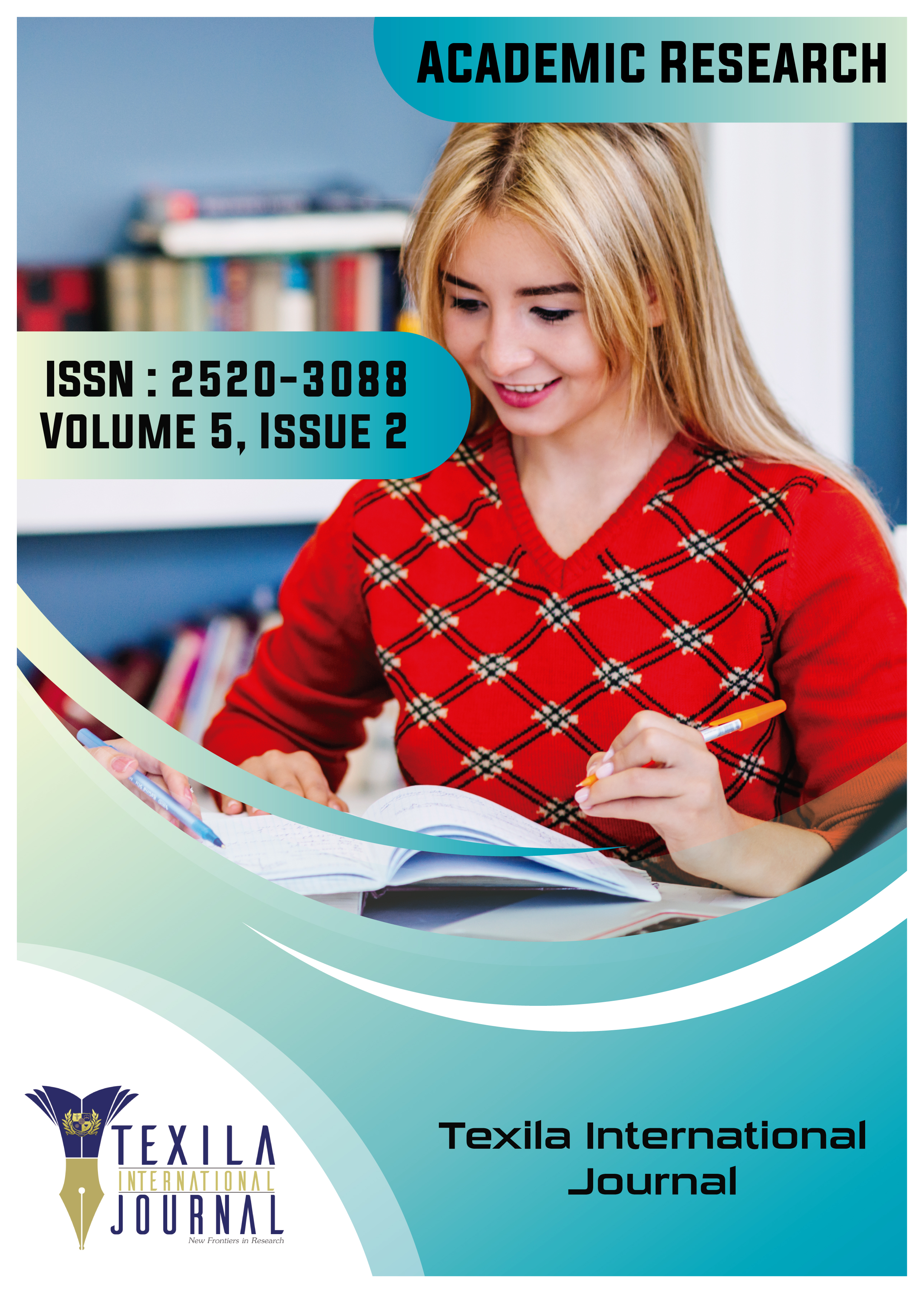References:
[1].
Aunola, K., Leskinen, E., Lerkkanen, M.-K.,
& Nurmi, J.-E. (2004). Developmental dynamics of mathematics performance from
pre-school to Grade 2. Journal of Educational
Psychology, 96(4), 699-713.
[2].
Baroody, A. J. (2000). Does Mathematics for
Three and Four Year Old Children Really Make Sense? Young Children, 55(4), 61-67.
[3].
Baroody, A. J. Lai, M. L. and Mix, K. S. (2006).
The development of young children’s early number and operation sense and its implications
for early childhood education. In Handbook of Research on the Education of Young
Children 2, edited by B. Spodek, and O. N. Saracho, 187–221. London: Routledge.
[4].
Berch, D. B. (2005). Making sense of number
sense: Implication for children with mathematics disability. Journal of learning disabilities vol. 38 issue
4.
[5].
Braun, V. & Clarke, V. (2006). Using thematic
analysis in psychology. Qualitative Research
in Psychology, 3: 77-101.
[6].
Canfield, R.L, and Smith, E.G. (1996). Number-based
expectations and sequential enumeration by 5-month-old infants. Developmental psychology, 32 (2), 269-279.
[7].
Carper, D. V. (1942). Seeing Numbers as Groups
in Primary-Grade Arithmetic. Elementary School
Journal 43(1942):166-70.
[8].
Clements, Douglas H., and Sarama, J. (1999).
Building Blocks—Foundations for Mathematics Thinking, Pre-Kindergarten to Grade
2: Research-Based Materials Development. Buffalo, N.Y.: State University of New
York at Buffalo, (National Science Foundation, grant number ESI-9730804.)
[9].
Duncan, G. J., Dowsett, C. J., Claessens, A.,
Magnuson, K., Huston, A. C., Klebanov, P., Pagani, L. S., Feinstein, L., Engel,
M., Brooks-Gunn, J., Sexton, H., Duckworth, K., Japel, C. (2007). School readiness
and later achievement. Developmental Psychology
Nov; 43 (6): 1428-1446.
[10]. Fitzhugh, J. I. (1978). The role of subitizing and counting in the development
of the young children's conception of small numbers. PhD dissertation.
[11]. Freeman, F. N. (1912). Grouped objects as a concrete basis for the number
idea. The Elementary School Teacher, 12(7),
306-314.
[12]. Geist, H. (2006). Dynamic causal patterns of desertification. Bio-science. Vol. 54 issue 9, 817-829.
[13]. Gelman, R., Gallistel, C. R. (1978). The child’s understanding of number.
Cambridge, MA: Harvard University Press; 1978.
[14]. Ginsburg,
H. P. (2006). Mathematical play and playful mathematics: A guide for early education.
In D. G. Singer, R. M. Golinkoff, & K. Hirsh-Pased (Eds.), Play = learning:
How play motivates and enhances children's cognitive and social-emotional growth
pp. 145-165). New York, NY: Oxford University Press.
[15]. Ginsburg, H. P., Klein, A., & Starkey, P. (1998). The development of
children’s mathematics knowledge: Connecting research with practice. In I. E. Sigel
& K. A. Renninger (Eds.), Handbook of child psychology: Vol. 4. Child psychology
in practice (5th Ed., pp. 401–476). New York: Wiley & Sons.
[16]. Gove, A. & Cvelich, P. (2010). Early reading: Igniting education for
all. A report by the Early Grade Learning Community of Practice. Washington, DC:
RTI.
[17]. Jordan, N. C., Hanich, L. B., & Uberti, H. Z. (2003). Mathematics thinking
and learning difficulties. In A. J. Baroody & A. Dowker (Eds.), Studies in mathematics
thinking and learning. The development of arithmetic concepts and skills: Constructing
adaptive expertise (pp. 359-383). Mahwah, NJ, US: Lawrence Erlbaum Associates Publishers.
[18]. Klahr, D. and
Wallace, J. G. (1976). Cognitive development: An information processing view. Hillsdale,
NJ. Lawrence Erbaum Associates.
[19]. Locuniak, M. N. and Jordan, N, C. (2008). Using kindergarten number sense
to predict calculations fluency in second grade. Journal of learning disability 41(%):451-9.
[20]. Mazzocco, M. M. M., & Thompson, R E. (2005). Kindergarten predicators
of mathematics learning disability. Learning Disabilities Research and Practice.
[21]. Ministry of Education (2010). Educational sector: National Implementation
Framework III. Lusaka: Government Printers.
[22]. Ministry of Education. (1992). National Policy on Education – Focus on Learning,
Lusaka: Government Printers.
[23]. Ministry of Education. (1996). National Policy on Education - Educating Our
Future, Lusaka: Government Printers.
[24]. Ministry of
National Development Planning (2017). The Seventh National
Development Plan: 2017-2021. Lusaka: GRZ.
[25]. Schaeffer, B., Eggleston, V. H., and Scott, J. L. (1974). Number development
in young children. Cognitive Psychology,
6(3), 357-379.
[26]. Starkey, P. (1992). The early development of numerical reasoning. Cognitive. May, 43(2):93-126.
[27]. Stevenson, H.W., Lee, S., Chen, C., Lummis, M., Stigler, J., Fan, L., &
Ge, F. (1990). Mathematics achievement of children in China and the United States.
Child Development, 61, 1053–1066.
[28]. The Southern Africa Consortium for Monitoring Educational Quality (SACMEQ) (2015). http://www.sacmeq.org.
[29]. UNESCO (2006). EFA Global Monitoring report. Strong Foundations:
Early Childhood Care and Education. Paris, UNESCO
[30]. Wynn, K. (1995). Origins of numerical knowledge. Mathematical Cognition. Vol. 1 pp35-60.
[31]. Xu, F., Spelke, E.S., and Goddard, S. (2005). Number sense in human infants.
Developmental Science, 8, 88-101.


